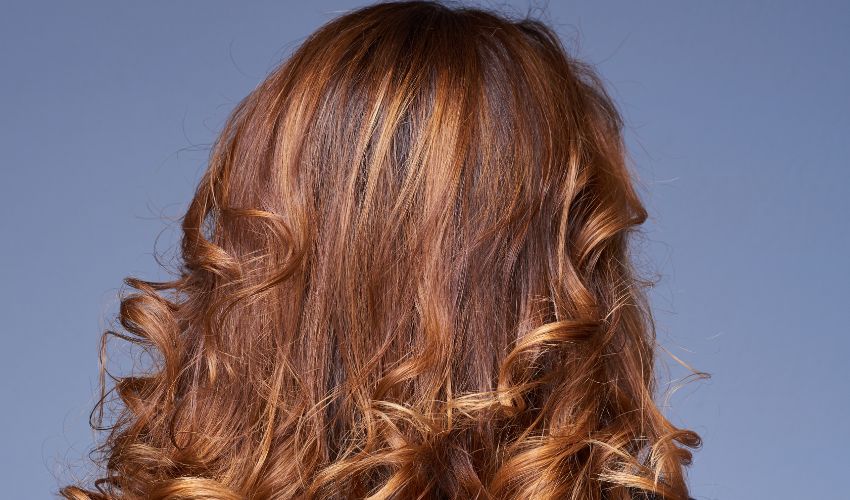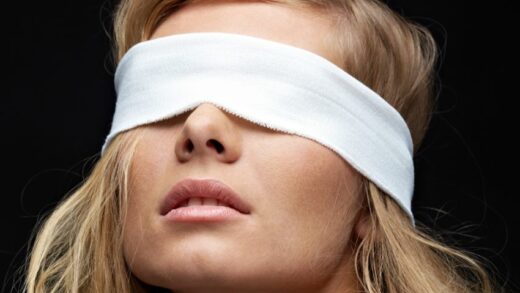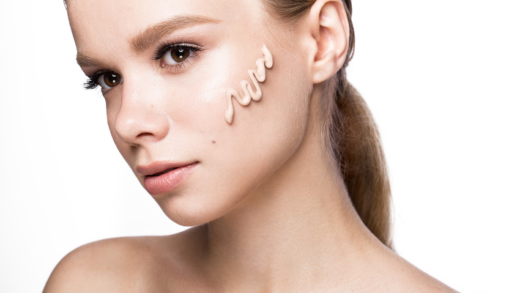Hair is an essential aspect of our appearance, and it comes in many shapes, sizes, and textures. Understanding your hair type is crucial for determining the best hair care routine that works for you. Hair type is determined by the shape and structure of the hair shaft, and there are four primary hair types: straight, wavy, curly, and coily. In this article, we will explore these hair types and provide tips on how to take care of them.
Straight Hair:
Straight hair is the most common hair type, and it’s characterized by its lack of natural curl or wave. It’s also the most resilient to damage and can be the easiest to maintain. However, straight hair can also be prone to oiliness, as the natural oils produced by the scalp can quickly travel down the hair shaft.
Tips for caring for straight hair:
- Use a mild shampoo and conditioner to keep hair clean without stripping natural oils.
- Avoid using hot tools, as straight hair is already prone to damage.
- Use a boar bristle brush to distribute natural oils throughout the hair.
Wavy Hair:
Wavy hair is characterized by its loose, flowing curls that form an “S” shape. This hair type is often more prone to frizz and can be challenging to maintain. However, wavy hair can also have a natural bounce and volume that is envy-worthy.
Tips for caring for wavy hair:
- Use a moisturizing shampoo and conditioner to prevent frizz.
- Apply a leave-in conditioner or curl defining cream to enhance the natural wave pattern.
- Use a diffuser when blow-drying to prevent frizz and maintain the wave pattern.
Curly Hair:
Curly hair is characterized by its tight curls that form a “corkscrew” shape. This hair type can be challenging to manage and maintain, but with the right care, it can be beautiful and healthy.

Tips for caring for curly hair:
- Use a sulfate-free shampoo and conditioner to prevent dryness and breakage.
- Apply a deep conditioning treatment at least once a week.
- Avoid using a towel to dry hair, as it can cause frizz and breakage.
- Use a wide-tooth comb or your fingers to detangle hair while wet.
Coily Hair:
Coily hair is the tightest curl pattern and is characterized by its “Z” shape. This hair type is often the driest and most fragile, and it requires special care to maintain its health and beauty.
Tips for caring for coily hair:
- Use a moisturizing shampoo and conditioner to prevent dryness and breakage.
- Apply a leave-in conditioner and a hair oil to seal in moisture.
- Use a satin or silk scarf or pillowcase to prevent hair breakage.
- Avoid using a brush on coily hair, as it can cause breakage and damage.
FAQs:
Can you have multiple hair types on your head?
Yes, it’s common to have more than one hair type on your head. For example, you may have straight hair on top and curly hair underneath.

Can you change your hair type?
No, you cannot change your hair type. However, you can alter the appearance of your hair using styling tools and products.
Can you damage your hair by using the wrong products?
Yes, using the wrong products or styling tools can cause damage to your hair. It’s important to use products specifically designed for your hair type and to avoid excessive heatstyling and chemical treatments.
Can diet affect hair type?
No, your hair type is determined by genetics and cannot be changed by diet. However, maintaining a healthy diet can improve the overall health and appearance of your hair.
Can climate affect hair type?
Yes, the climate can affect the appearance and health of your hair. Humidity can cause frizz in wavy and curly hair, while dry climates can cause dryness and breakage in all hair types.
Conclusion:
Understanding your hair type is crucial for maintaining healthy, beautiful hair. Whether you have straight, wavy, curly, or coily hair, there are specific tips and techniques that can help you care for your hair and enhance its natural beauty. By following the tips outlined in this article and taking the time to care for your hair, you can achieve the healthy, shiny, and beautiful hair you’ve always wanted.
Remember, hair types are unique to each person, and what works for one person may not work for another. Experiment with different products and techniques to find what works best for your hair type. Don’t be afraid to seek advice from a professional stylist or hair care expert if you need help determining your hair type or developing a hair care routine.
In conclusion, understanding your hair type is the first step to achieving healthy and beautiful hair. By following the tips and advice in this article, you can develop a hair care routine that works for your specific hair type and helps you achieve the look you desire. So, embrace your hair type and give it the care and attention it deserves for gorgeous, luscious locks.






















